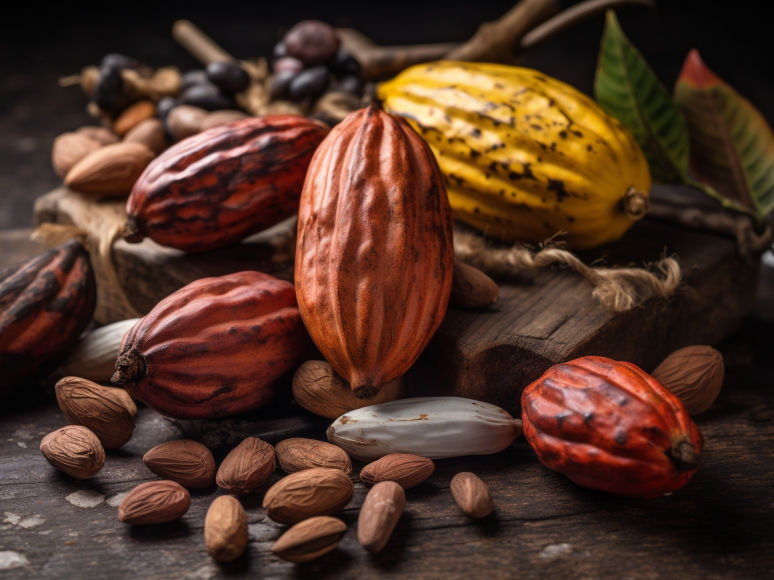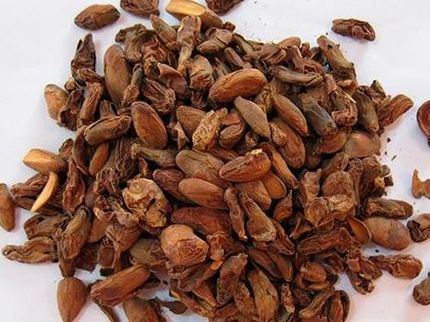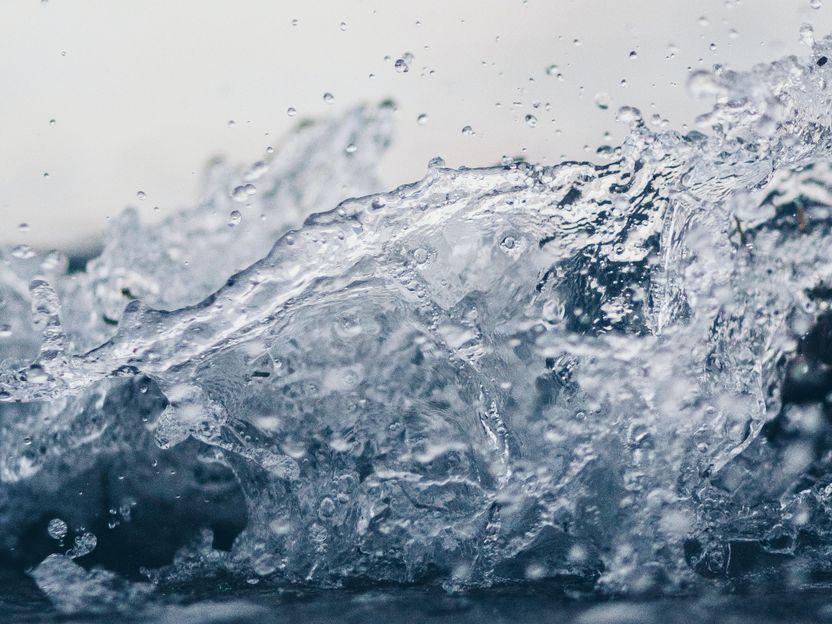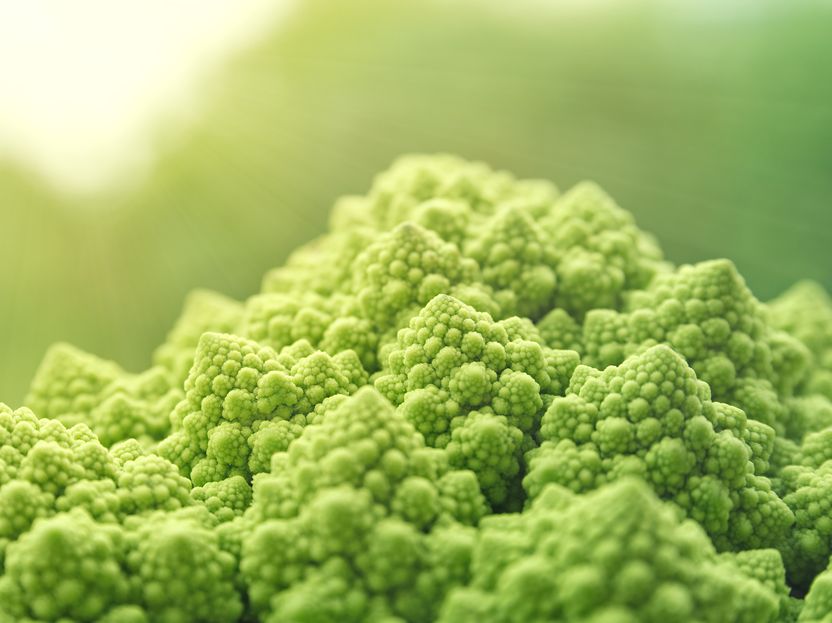How much cadmium is in cocoa?
Cadmium - not so much inside the bean, but mainly in the shell.
Advertisement
cocoa beans can absorb toxic heavy metals such as cadmium from the soil. Some cultivation areas, especially in South America, are contaminated with these heavy metals, in some cases considerably. By combining various X-ray fluorescence techniques, a team at BESSY II has now been able to measure non-invasively for the first time where cadmium accumulates in cocoa beans: Less inside the bean, but mainly in the shell. Further studies show that the processing of cocoa beans can have a major influence on heavy metal contamination.

Computer generated picture
People have been harvesting the beans of the cacao bush for at least 5,000 years. They have learned to ferment, roast, grind and process the beans with sugar and fat to make delicious chocolates. Today, around five million tons of beans are on the market every year, and they only come from a few growing areas in tropical regions, because cocoa does not grow everywhere.
Chocolate is considered a soul comforter; amino acids such as tryptophan brighten the mood. In addition, cocoa beans contain anti-inflammatory compounds and valuable trace elements. However, cocoa plants also absorb toxic heavy metals if the soil is appropriately polluted, for example by mining tailings, which can gradually poison groundwater and soil.
However, it also depends on where the heavy metals accumulate in the bean, whether more in the shell or more in the endosperm inside the bean: This is because the beans go through many treatment steps from harvest to raw material for chocolate, which could potentially reduce the contamination. And ideally in such a way that the heavy metals are reduced, but the desirable trace elements are retained.
A team led by Dr. Ioanna Mantouvalou (HZB) and Dr. Claudia Keil (TU Berlin/Toxicology) has now used various imaging methods at the BAMline of BESSY II to precisely map the heavy metal concentrations in cocoa beans. With this, they examined cocoa samples from a growing region in Colombia that were contaminated with an average of 4.2 mg/kg of cadmium. This is well above the European limits of 0.1-0.8 mg cadmium/kg in cocoa products.
The team worked with three different X-ray fluorescence techniques to examine the cocoa beans. Among other things, they developed a new analytical methodology for absorbance correction during imaging with an X-ray color camera. "There has been little understanding of how cadmium migrates from the soil through roots into the plant and where the element accumulates in the beans. Particularly because it was not possible to precisely localize cadmium content noninvasively," Mantouvalou says. PhD students Frank Förste (TU Berlin) and Leona Bauer (TU Berlin and HZB) conducted the experiments.
Cadmium is particularly difficult to detect, Mantouvalou explains. That's because the cadmium signal that excitation of the outer electrons produces lies just below the much stronger fluorescence signal of the element potassium, which occurs in higher concentrations in cocoa. "We therefore very specifically excite a deeper electron shell of the cadmium atom, which is only possible with hard X-rays at the BAMLine," says Frank Förste. "This has now allowed us to map the cross-sections of cocoa beans with high resolution, and to show that cadmium predominantly accumulates in the outer shell," says Leona Bauer.
They also discovered interesting differences between beans before and after roasting: "We were able to demonstrate that roasting changes the element distribution in the beans," says Mantouvalou. Since the interaction of the methods used now makes it possible for the first time to measure the accumulation of cadmium with spatial accuracy, further studies could systematically explore which improved processing steps minimize the exposure.
Note: This article has been translated using a computer system without human intervention. LUMITOS offers these automatic translations to present a wider range of current news. Since this article has been translated with automatic translation, it is possible that it contains errors in vocabulary, syntax or grammar. The original article in German can be found here.
























































